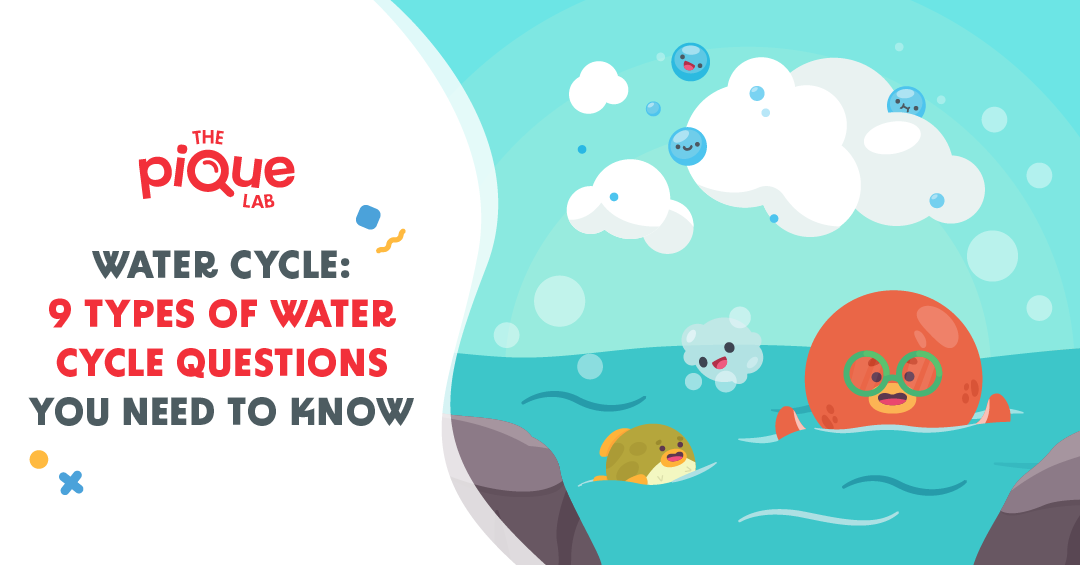Have you ever seen an interrogation scene on TV?
The criminal is often alone in a brightly lit room with a mirror and can only see his own reflection. However, on the other side of the mirror, the detective is able to see the criminal clearly. How is that possible?

Today, we will be discussing two main concepts that will help us understand the science behind a one-way mirror.
- The path of light that enables our eyes to see our own reflection in a mirror.
- How the amount of light reflected off a material affects our ability to see reflections.
Background Information
Before we start, we need to recognise one VERY IMPORTANT fact. Light is needed for us to see objects in our surroundings. If there is no light, everything becomes… pitch dark!
Now, we know that light is needed to see objects. However, do you know where light comes from?
Light always comes from a light source! Examples of light sources include the sun 🌞, fire 🔥 and the electric bulb 💡. As such, we must note that the path of light always starts from the light source.
If light is needed to see objects, why are we able to see images and videos on our smartphones in the dark? This is because our smartphones give out light! As such, light is able to travel from our phones straight into our eyes, allowing us to watch our favourite videos anytime, anywhere.

Mr Bean loves watching cartoons on his phone! (Source: ytimg)
However, do all objects give out light?
No! Most objects do not give out light! In that case, how are we able to see these objects?
We are able to see these objects because light can be reflected off these objects!
As such, light from the light source can be reflected off an object into our eyes, enabling us to see the object (as shown in the diagram below):

Mr Bean is able to see his bear! (Source: Kaltura)
Now that we know how light travels in order for us to see objects, let’s discuss a question to help us understand how the one-way mirror works.
Read Also:
Let’s Take A Look At This Question

Source: St. Nicholas’ Girls School – 2016 P6 SA1 Examination Paper [Q39]
Let’s Analyse The Experiment
In the experiment, there are 2 data loggers X and Y. We know that the data loggers are able to receive light and measure the amount of light received.
Looking at the diagram, we can tell that:
Data logger X measures the amount of light reflected off the material.
Data logger Y measures the amount of light that passed through the material.
Now, let’s look at the table of results.

Aluminium
Data logger X received the most light among the three materials.
Data logger Y received zero light among the three materials.
As such, we can conclude that:
- Aluminium reflected the most amount of light compared to Material R and Clear Glass. Hence, aluminium is the most reflective.
- Data logger Y did not receive any light. Thus, no light can pass through aluminium, which shows that aluminium is opaque.
Clear Glass
Data logger X received the least light among the three materials.
Data logger Y received the most light among the three materials.
As such we can conclude that:
- The clear glass reflected the least amount of light compared to Material R and aluminium. Hence, clear glass is the least reflective.
- Data logger Y received the most light. Thus, most light can pass through clear glass, which shows that clear glass is transparent.
Material R
Data logger X received 700 units of light.
Data logger Y received some 200 units of light.

Material R is unknown but we know the amount of light received by data logger X (amount of light reflected) is more than the amount of light received by data logger Y (amount of light that can pass through).
As such, we can conclude that:
- Material R allows more light to be reflected off it than light passing through it.
- Data logger Y received some light. Thus, some light can pass through Material R, which shows that Material R is translucent.
Most examination questions related to light ONLY focus on one factor.
- The amount of light that can pass through the material. OR
- The amount of light that is reflected off the material.
However, in this question, students need to know how to compare two factors.
- The amount of light that is reflected off the material. AND
- The amount of light can pass through the material.
Let’s Analyse Part (a)
“Based on the results recorded on the table, explain why Ali saw ONLY his own reflection on the window made of Material R. [1m]”
Common error students make: Incorrect path of light
A common struggle that students have is finding the accurate path of light. Most students will write: Light from the lamp is reflected off material R into Ali’s eyes. The path of light is shown in the diagram below.

Light from the Lamp → Material R → Ali’s eyes.
The answer provided above is incorrect. This is because the light rays only show how Ali is able to see the lamp in the mirror and not his reflection in the mirror.
In order for Ali to see his reflection in the mirror, light must take the following pathways.
- Light from the lamp must first travel to Ali.
- Light is then reflected off
- Light reflected off Ali is then reflected off Material R and into Ali’s eyes (see diagram below).

Light from the Lamp → Ali → Material R → Ali’s eyes.
Here’s The Suggested Answer For Part (a)
The light from the lamp shines on Ali, which is then reflected off Ali onto material R, before being reflected off material R into Ali’s eyes.
Let’s Analyse Part (b)
“Based on the results recorded on the table, explain why Ali could not see Joe through the window made from Material R. [1m]”
Common error students make: Material R is opaque
Since Ali cannot see Joe, students assume Material R must be opaque. However, based on the experiment results, Material R allows some light (200 lux) to pass through. Hence, Material R is translucent and not opaque.
Since light was able to pass through material R, light should be able to be reflected off Joe into Ali’s eyes, shouldn’t it? Why was Ali still unable to see Joe through the window made of material R?
Here is why. For Ali to see Joe, light needs to pass through Material R twice.
- Light from the light source travels to Material R. As some light is reflected off Material R, less light is able to pass through Material R to reach Joe.
- Light is then reflected off Joe and reaches material R to pass through it a second time. However, this time, all the light was blocked and no light was able to pass through Material R into Ali’s eyes.
Here’s The Suggested Answer For Part (b)
Some light from the lamp could pass through the window made of material R to be reflected off Joe.
However, light from the lamp that is reflected off Joe is then completely blocked by the window made of material R, preventing any light reflected off Joe from reaching Ali’s eyes.
In Conclusion
Let’s recap what we’ve discussed earlier in the questions. We learnt that:
- In order to see a person’s reflection in the mirror, the path of light is as follows: Light Source → Person → Mirror → Person’s eyes.
- Not all mirrors reflect all light that shines on it. Some do allow light to pass through it. These are known as partially reflective mirrors or one-way mirrors.
We have learnt that the amount of light passing through the mirror affects how the one-way mirror works. With this understanding, I would like to end off by leaving you 2 questions to think about.
- We know that Ali was not able to see Joe. However, was Joe able to see Ali?
- Would the one-way mirror work if Joe was in a brightly lit room instead of a dark room?
Stay tuned for more articles! 🙂

If you like our methodology, we've some upcoming workshops:







